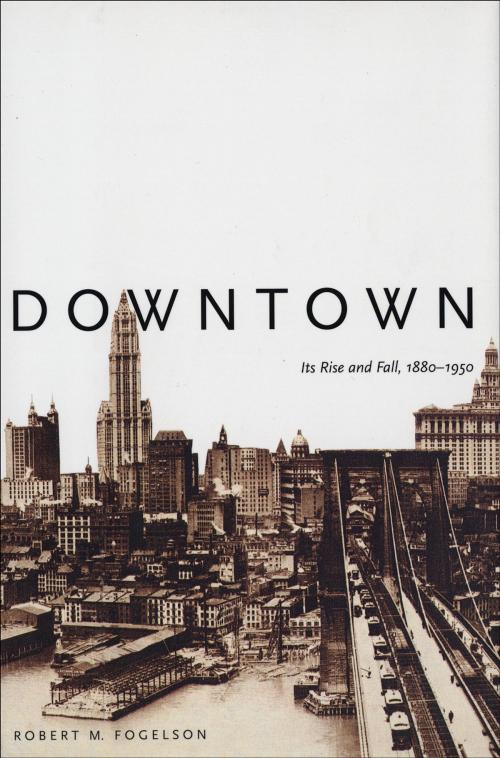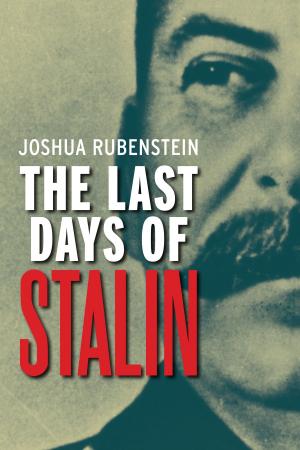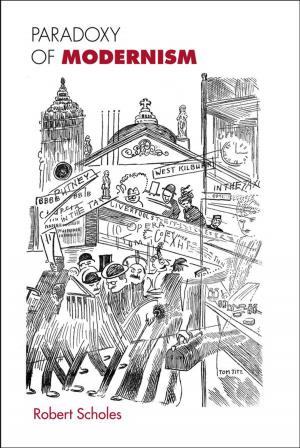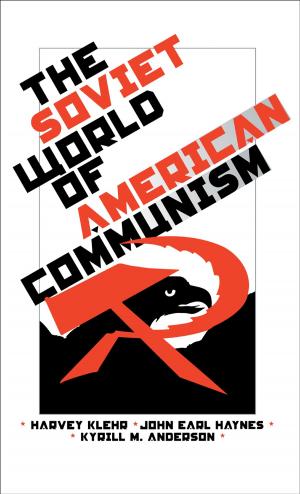Downtown
Its Rise and Fall, 1880-1950
Nonfiction, Social & Cultural Studies, Social Science, Sociology, Urban| Author: | Professor Robert M. Fogelson | ISBN: | 9780300133400 |
| Publisher: | Yale University Press | Publication: | October 1, 2008 |
| Imprint: | Yale University Press | Language: | English |
| Author: | Professor Robert M. Fogelson |
| ISBN: | 9780300133400 |
| Publisher: | Yale University Press |
| Publication: | October 1, 2008 |
| Imprint: | Yale University Press |
| Language: | English |
Written by one of this country’s foremost urban historians, Downtown is the first history of what was once viewed as the heart of the American city. It tells the fascinating story of how downtown-and the way Americans thought about downtown-changed over time. By showing how businessmen and property owners worked to promote the well-being of downtown, even at the expense of other parts of the city, it also gives a riveting account of spatial politics in urban America.
Drawing on a wide array of contemporary sources, Robert M. Fogelson brings downtown to life, first as the business district, then as the central business district, and finally as just another business district. His book vividly recreates the long-forgotten battles over subways and skyscrapers in the late nineteenth and early twentieth centuries. And it provides a fresh, often startling perspective on elevated highways, parking bans, urban redevelopment, and other controversial issues. This groundbreaking book will be a revelation to scholars, city planners, policymakers, and general readers interested in American cities and American history.
Written by one of this country’s foremost urban historians, Downtown is the first history of what was once viewed as the heart of the American city. It tells the fascinating story of how downtown-and the way Americans thought about downtown-changed over time. By showing how businessmen and property owners worked to promote the well-being of downtown, even at the expense of other parts of the city, it also gives a riveting account of spatial politics in urban America.
Drawing on a wide array of contemporary sources, Robert M. Fogelson brings downtown to life, first as the business district, then as the central business district, and finally as just another business district. His book vividly recreates the long-forgotten battles over subways and skyscrapers in the late nineteenth and early twentieth centuries. And it provides a fresh, often startling perspective on elevated highways, parking bans, urban redevelopment, and other controversial issues. This groundbreaking book will be a revelation to scholars, city planners, policymakers, and general readers interested in American cities and American history.















